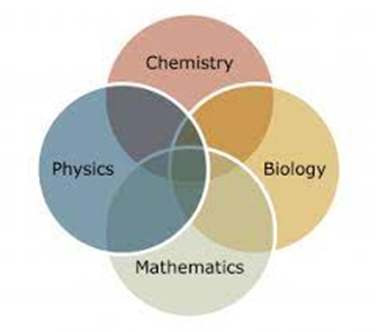Concept of Recessiveness and Dominance
Most people have often wondered why some people have a
physical trait that they do not. Like why the eyes of one person
is blue and other are deep brown. These differences are cause by genes, which
all contain specific information. Everyone inherits two copies of each gene
from their parents, and the copies can either be different, then one is going
to mask the effects of the other. The gene that trumps over the other is
usually known as the dominant gene, and the weaker gene is known as recessive.
In the presence of dominant gene, a recessive gene will not show its traits.
When two recessive genes are paired their traits will be visible. Dominant
genes are also the ones whose traits are visible in the offspring. For
recessive traits to be visible both parents have to carry that recessive gene
singly or in a pair.
Genes are
usually termed dominant or recessive for a number of reasons. It is first
important to note that genes are simply an instruction manual that is used to
make certain protein. The protein made is what is actually responsible for the
traits that are presented physically, like red hair or blue eyes. Since there
are two copies of each gene(courtesy of both the parents), ‘the instruction
manual’ in the mother’s gene may be slightly different from the one in the
father. The combination of these two sets of instruction will cause the
formation of a slightly different proteins. The reason some why some genes are
dominant and other recessive all lies in the making of the proteins. When a
gene makes a protein that is fundamental, then that gene is dominant. If the
protein formed is broken, then the gene that has formed is recessive.
Pedigree characteristics of autosomal recessive, autosomal
dominant, x-linked recessive, x-linked
dominant and y-linked traits.
Autosomal Recessive Traits
X-linked Recessive Trait
01. More male than female are affected.
02. Affected some are usually born to unaffected mother; thus, the trait skips the generations.
03. A carrier (heterozygous) mother produces approximately ½ affected sons.
04. Is never passed from father to son.
05. All daughters of affected father are carriers.
X-linked Dominant Trait
01. Both male and female are affected; often more females than males are affected.
02. Does not skip generations. Affected sons have must have an affected mother; affected daughters must have either an affected mother or an affected father.
03. Affected fathers will pass the trait on to all their daughters.
04. Affected mothers (A heterozygous) will pass the trait on to ½ of their sons and ½ of their daughters.
Y-linked Trait
01. Only male are affected.
02. Is passed to all sons from father.
03. Does not skip generations.





0 Comments